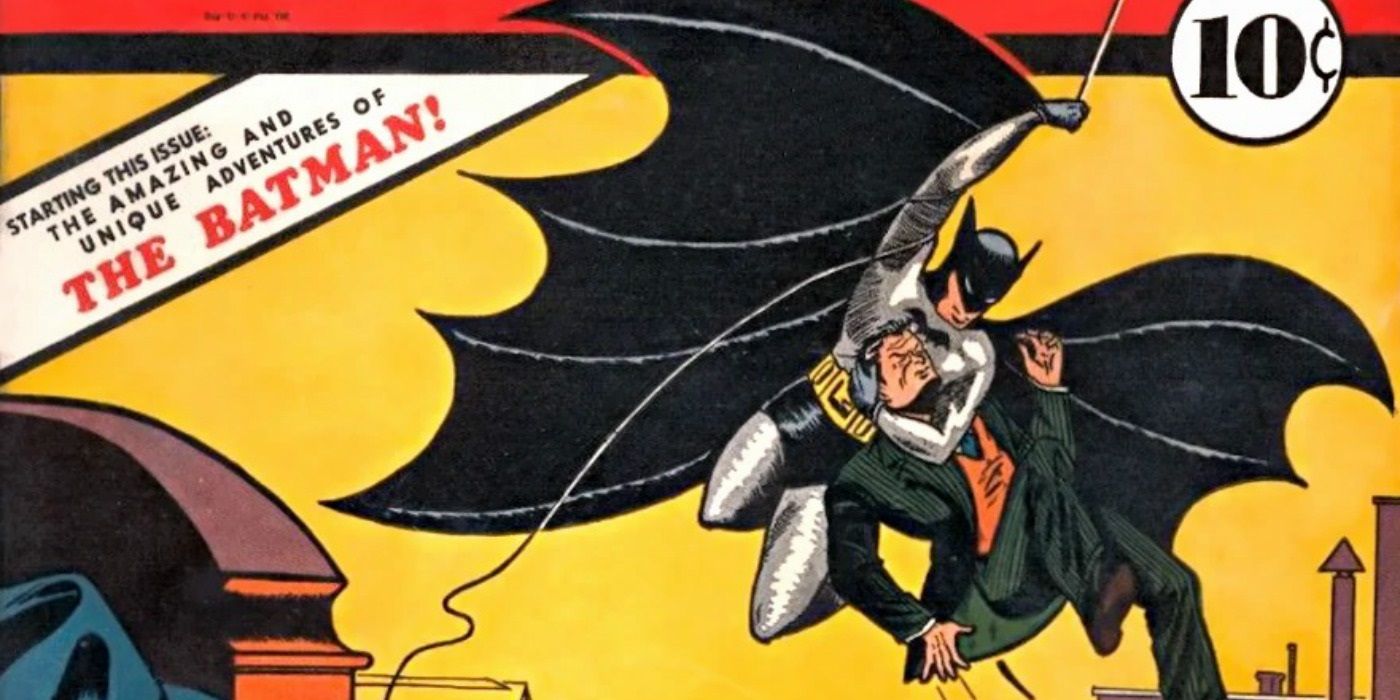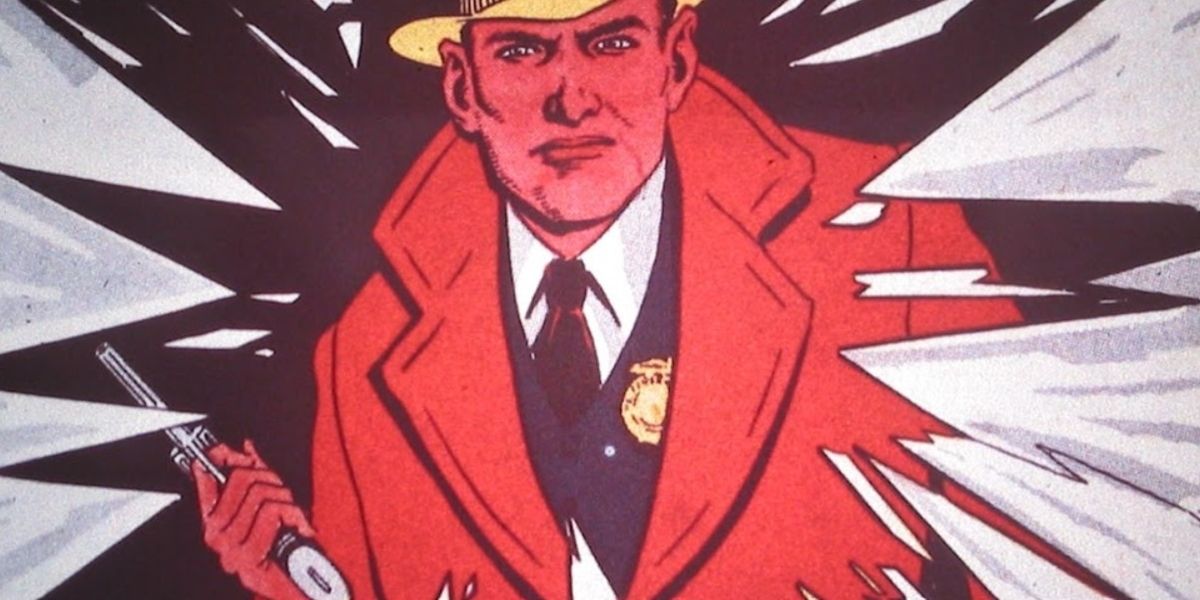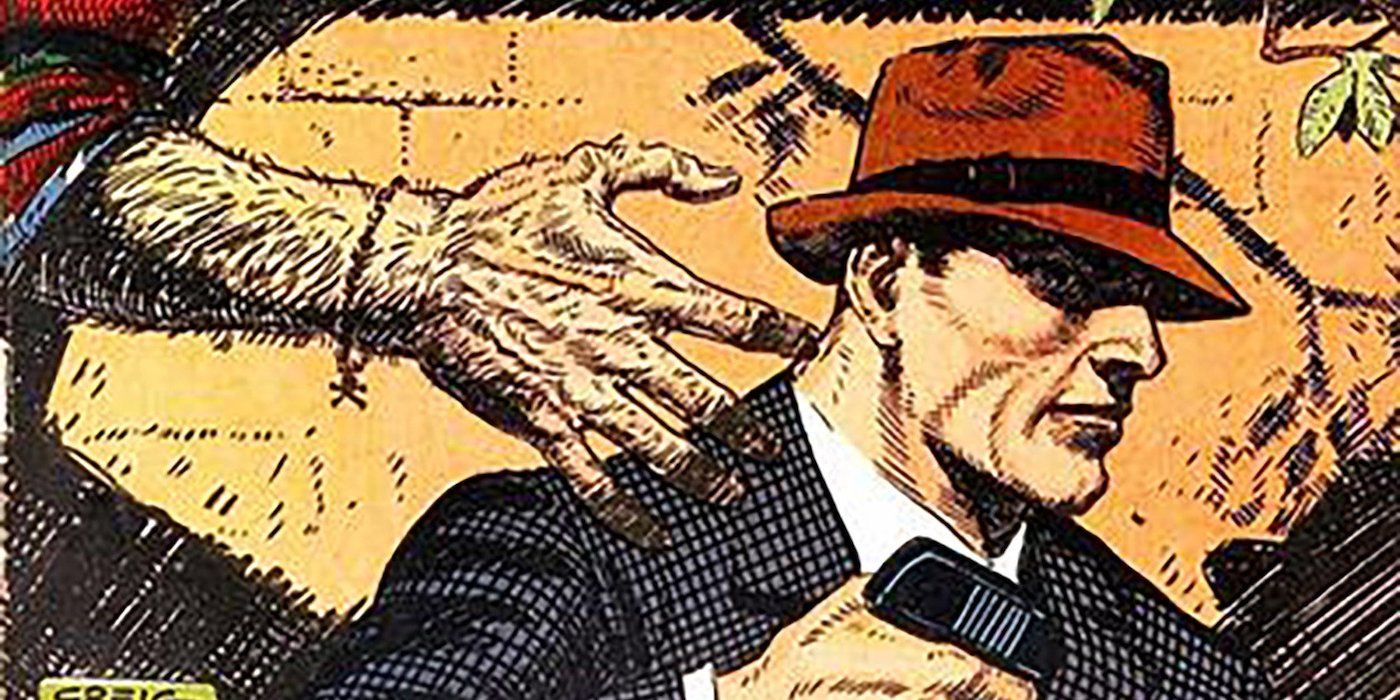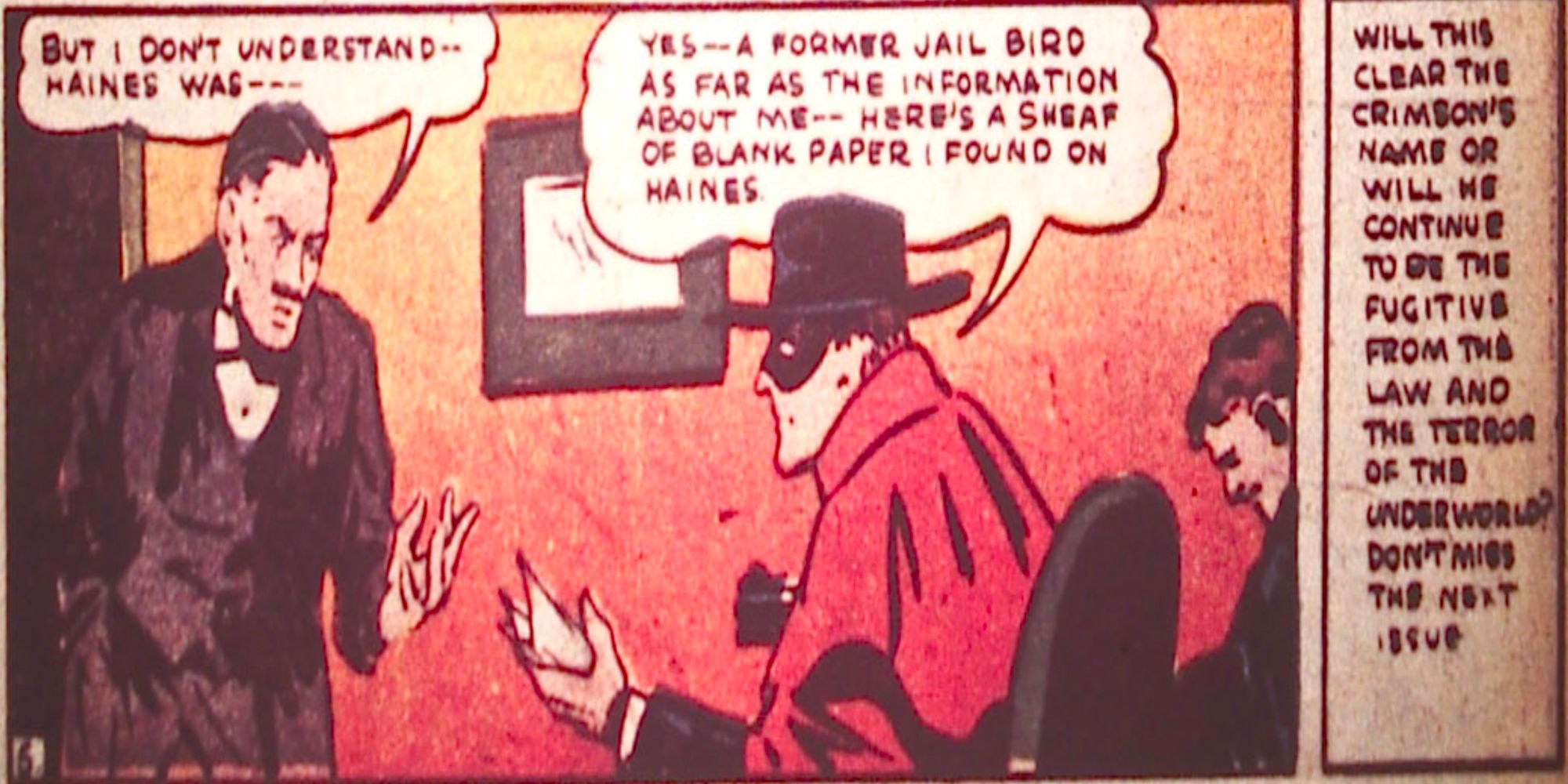As many a Batman fan knows, Bruce Wayne was first introduced in Detective Comics #27 in the ancient times of 1939. The Detective Comics series is where DC Comics, formerly Detective Comics, Inc., got its name. According to the Guinness World Records, as of 2019, the second-most valuable comic ever is Detective Comics #27, worth $3,420,000. Superman had been first introduced as a character a year before Batman, in Action Comics #1, and the growing popularity of superheroes led Detective Comics, Inc. to start phasing out the hard-boiled detective anthology style of Detective Comics #1-26 and to focus entirely on Batman as the series’ protagonist and the World’s Greatest Detective.
So, what happened before the—admittedly excellent—decision to bring forth Batman? The series was already being published for two years before #27 hit the stands. Who were the characters of this series before 1939 and why didn’t they have an exactly lasting legacy? Detective Comics of the times tried to compete against all the popular pulpy magazines and that meant adhering to their inclinations (not that they needed much convincing). That translated to hard-boiled detectives and sleuths, crooks and gangs, lacklustre aesthetics, and the prevalence of racism and sexism.
The First 26 Issues Had Very Problematic Elements
The cover of the first Detective Comics issue was…bad; problematic, to say the least. And not just the cover. At the time, “Yellow Peril” type villains were, unfortunately, quite prevalent, having been popularized early in the 20th century because of Sax Rohmer and his novel The Mystery of Dr. Fu-Manchu (the first of a series featuring the titular villain, who actually appeared in issue #18). While there have been some #0 issues of Detective Comics over the years due to crossovers and reboots, the original Detective Comics #1 hit stands in March of 1937. The debut issue features the first part of a story called "Claws of the Red Dragon," which was serialized until #8 and was also the origin of the first cover.
The story includes an array of regretful caricatures of Chinese men, who are cast as the evil foreigners who want to spread in the West through their criminal activities. The creators of Superman, Jerry Siegel and Joe Shuster, were also complicit in this with their Slam Bradley narrative, on whose first page he is beating up a group of Chinese men. When Chinese characters were not bad guys, they were usually faceless and voiceless victims of human trafficking. This trend would ill-advisedly endure long after Batman was introduced, but it was most obvious in those earliest days. Sexism was also quite present in that original Slam Bradley story, since a wealthy heiress wants to hire him (a policeman) to guard her prized poodle. She is kidnapped by a Chinese gang, he saves her, they proceed to make out towards the end, and then he promptly leaves her.
Detective Comics Had Several Narrative Troubles
While the glaring bigotry was definitely the most important issue, it was by no means the only one. Narratively speaking, these anthology issues featured stories that started as abruptly as they ended and it was difficult for one to remain interested, even for the limited length of these stories. The setups were peculiar and the outcomes were hardly anything to be satisfied about. The first story of issue #1, for example, “Speed Saunders and the River Patrol,” had no proper buildup, a terribly bland protagonist, and the whole thing lacked personality and was, frankly, underwhelming.
As for the aforementioned "Claws of the Red Dragon," the protagonist, Bruce Nelson, just walks into a Chinese restaurant, he finds no one, and instead of leaving, he sits down and demands to be served. The remainder of the story mostly consists of his insistence to be served, the staff’s hesitation and then begrudging service, and the entrance of two other customers and a lot of suspicious behavior. So many red flags are raised during this story (the restaurant is clearly a front business) but Nelson picks up none of it. Did we mention Bruce Nelson is supposed to be a detective? The entire narrative is simply boring.
Did Any Characters Make An Impact?
A few characters from the first issues persisted. Slam Bradley (a PI or policeman with Gotham P.D., depending on the issue), for example, remained until #152, when he was replaced, and then revived in #500. Over the following years he was retconned and revived a few times in the comics and he has also featured in an episode of the Arrowverse series, Batwoman. Cyril "Speed" Saunders also survived Batman’s introduction and he remained a regular for, more or less, sixty issues, but afterwards he was left out. He was eventually used again in the 1999 one-shot Sensation Comics revival and in JSA Secret Files #1, retconned as a relative of the current Hawkgirl (Kendra Saunders) and the original Hawkgirl (Shiera Sanders); he was forgotten quickly again though.
In issue #20, a costumed hero, the Crimson Avenger (a.k.a. Lee Walter Travis), appeared at last (the first of Detective Comics) and he continued until #89. After that, he was revived a few times until he was killed off in "Whatever Happened to the Crimson Avenger?" (1981). There was a 1988 miniseries, but it was set in the 1930s and did not resurrect him. Truth be told, no character from those initial 26 issues has made a truly lasting impact other than him, since there have been other versions (often presented as successors) of the Crimson Avenger in many DC series, like Stars and S.T.R.I.P.E. and Justice League Unlimited (the comic books, although he had a minor role in the animated series too).
One thing is for certain: Batman comics have made a 180-degree turn since those early years. Interest has skyrocketed and the target demographics are considerably more diverse, as are the characters (not that there is not still a long way to go). The standards are higher in every aspect: the art is now pleasant, detail-oriented, eye-catching, and sophisticated; the stories possess intriguing plots, character depth, and even actual arcs and development. Comics as a medium are more popular and acclaimed than ever and those initial issues of Detective Comics are thankfully behind us.




